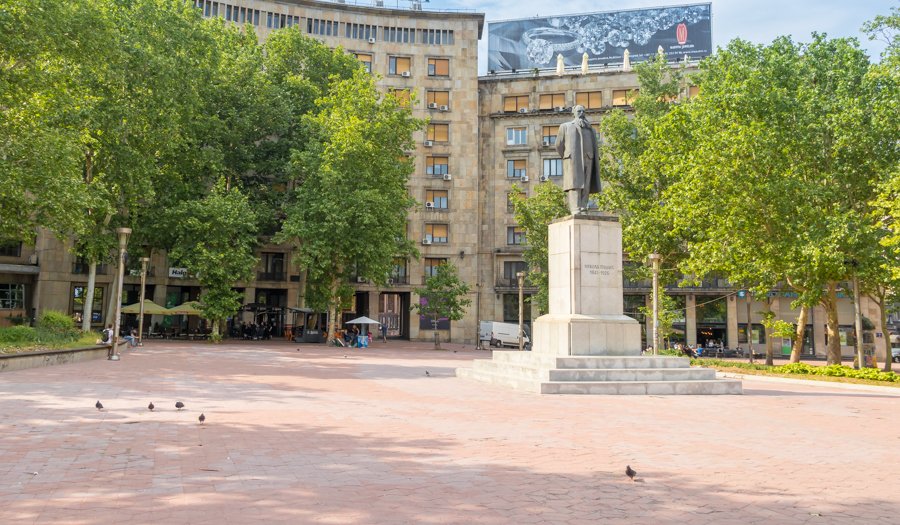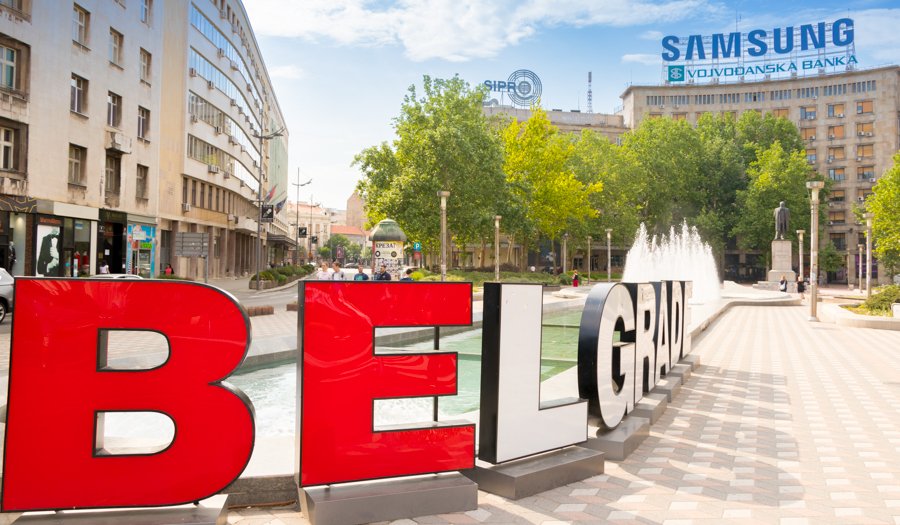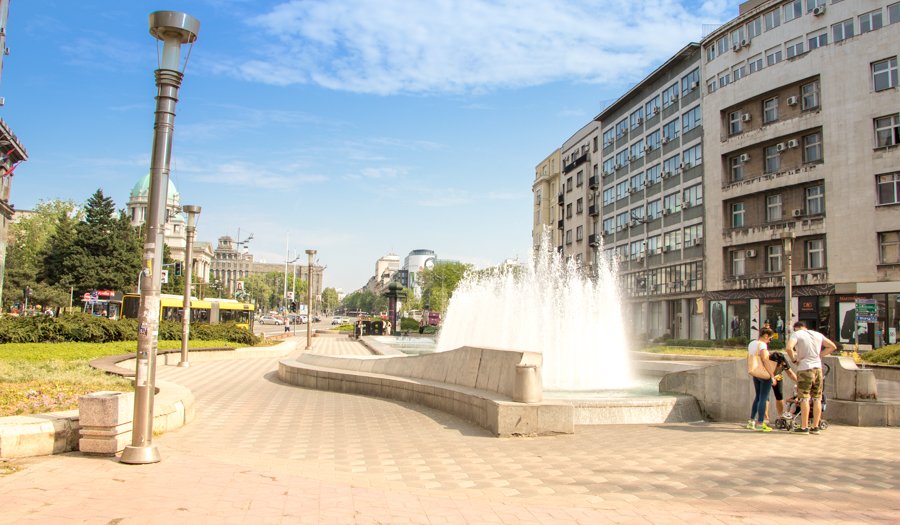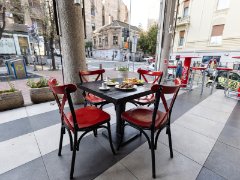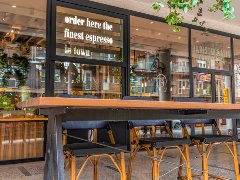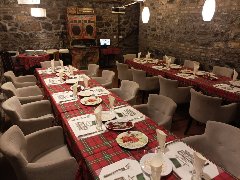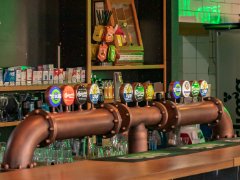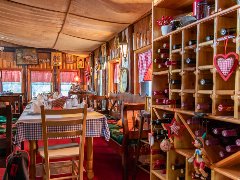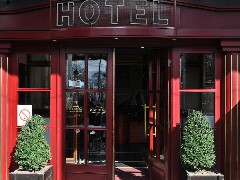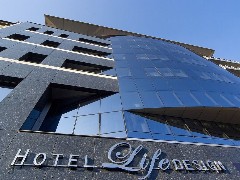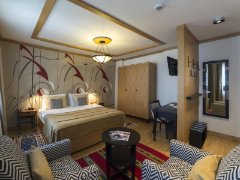Former desolate meadow that was cut by the Constantinople road (now the Boulevard of King Alexander) is now one of the most beautiful squares in Belgrade - Nikola Pasic Square.
In the first half of the XIX century, this part of the Constantinople road was gradually turning into a street that was first called "Sokace kod Zlatnog topa" (the eponymous tavern nearby), then Markova Street. After the World War I, at the site of today's fountain was located the Court of the Belgrade County (better known as the Peasant’s Court), turned into the ill-reputed Gestapo prison during the German occupation. Between the two World Wars here were built the National Assembly building (1936), Agrarian Bank, the building of the newspaper "Vreme" (later "Borba" and "Novosti"), the "Beograd" cinema. Square was tiled in 1953, the tram turn was removed, a large number of buildings were constructed, including the Dom Sindikata (“Syndicate House”), and also one of the most famous fountains in the city was built.
During the communist government square was named Marx & Engels Square. The Marx & Engels Square in the early nineties has got a new name, the plane trees and the monument to the founder of the Radical Party and former Prime Minister of Serbia, Nikola Pasic.
Former desolate meadow that was cut by the Constantinople road (now the Boulevard of King Alexander) is now one of the most beautiful squares in Belgrade - Nikola Pasic Square.
In the first half of the XIX century, this part of the Constantinople road was gradually turning into a street that was first called "Sokace kod Zlatnog topa" (the eponymous tavern nearby), then Markova Street. After the World War I, at the site of today's fountain was located the Court of the Belgrade County (better known as the Peasant’s Court), turned into the ill-reputed Gestapo prison during the German occupation. Between the two World Wars here were built the National Assembly building (1936), Agrarian Bank, the building of the newspaper "Vreme" (later "Borba" and "Novosti"), the "Beograd" cinema. Square was tiled in 1953, the tram turn was removed, a large number of buildings were constructed, including the Dom Sindikata (“Syndicate House”), and also one of the most famous fountains in the city was built.
During the communist government square was named Marx & Engels Square. The Marx & Engels Square in the early nineties has got a new name, the plane trees and the monument to the founder of the Radical Party and former Prime Minister of Serbia, Nikola Pasic.
